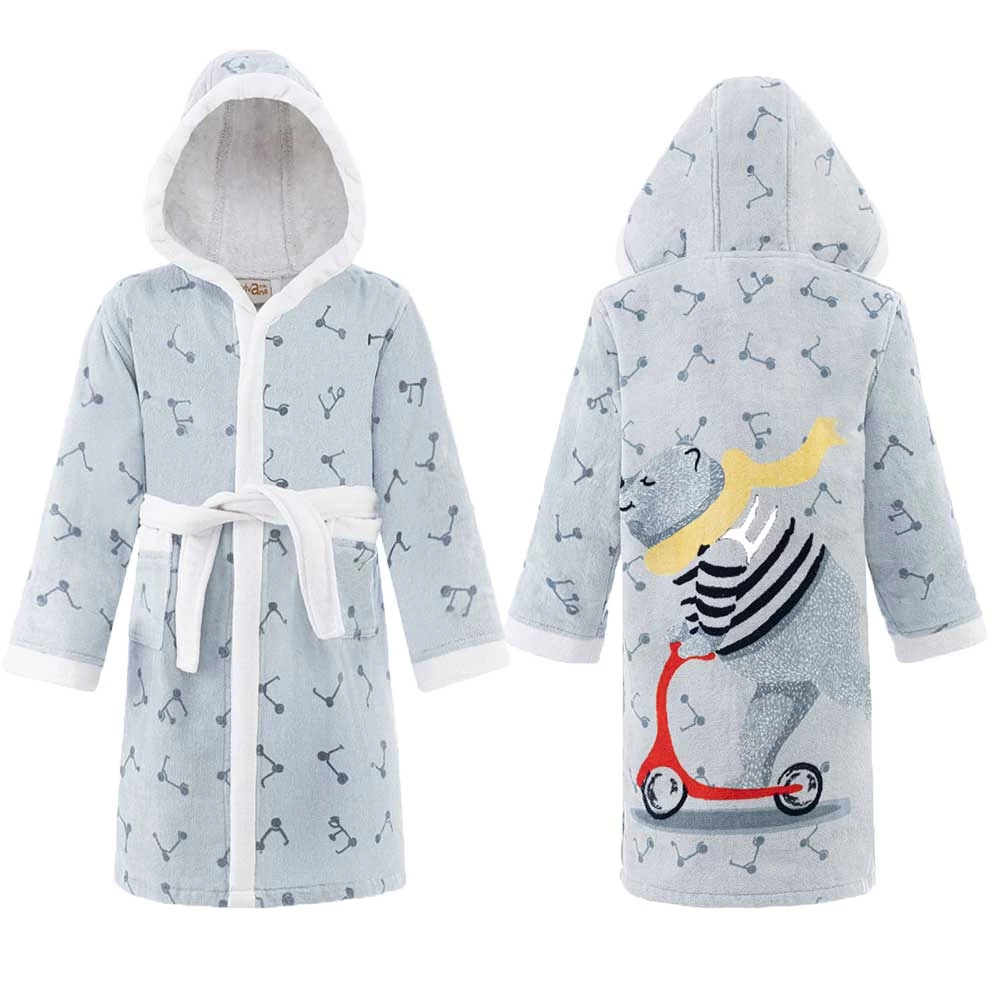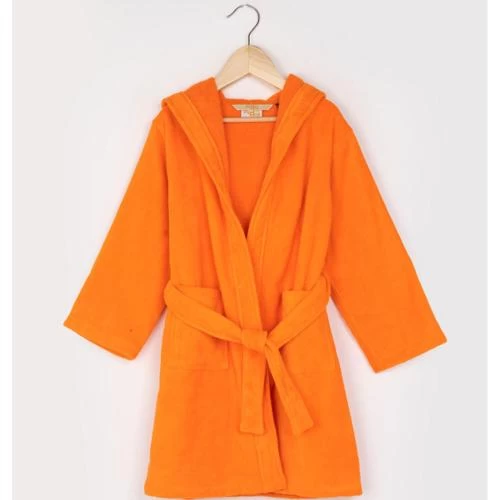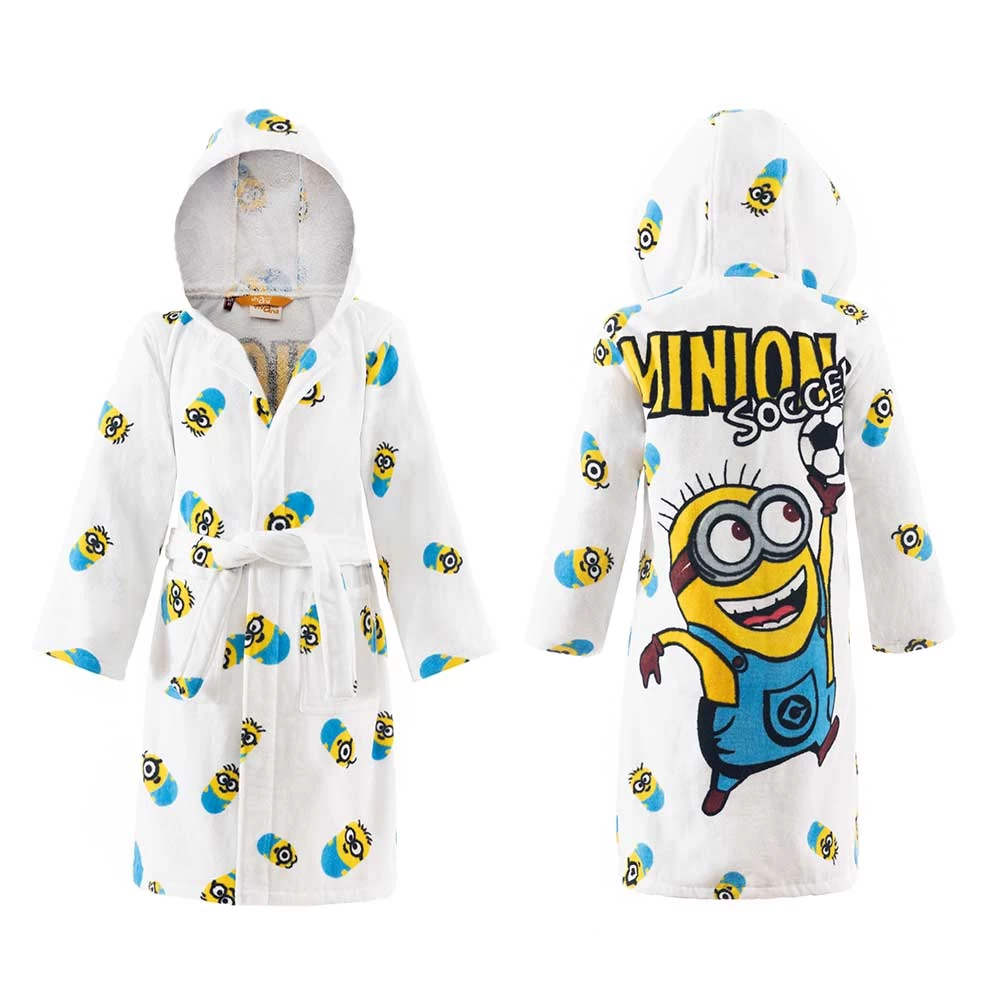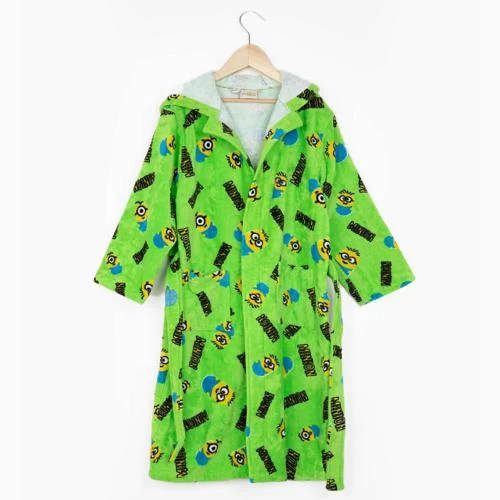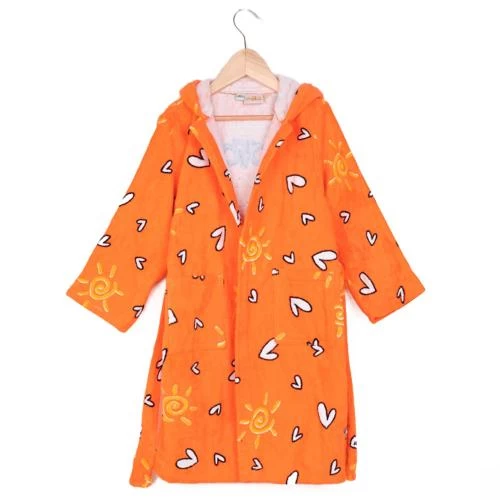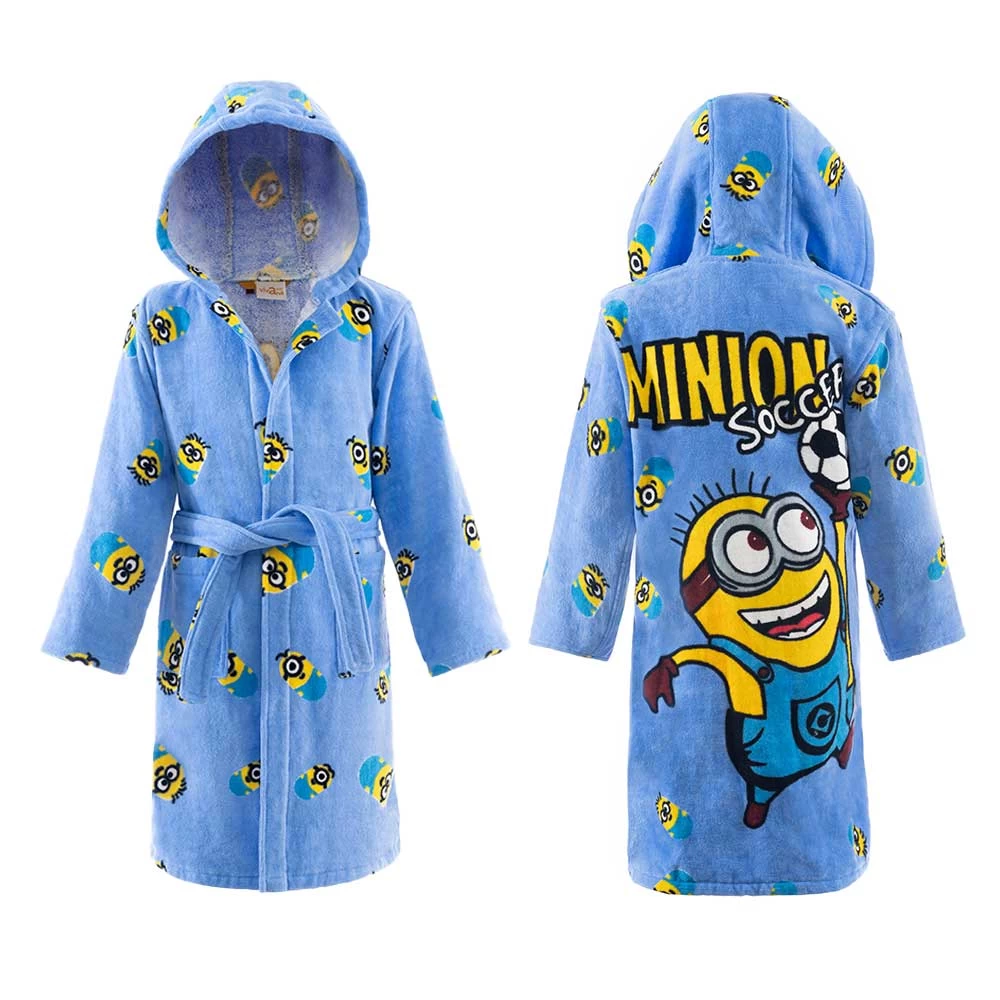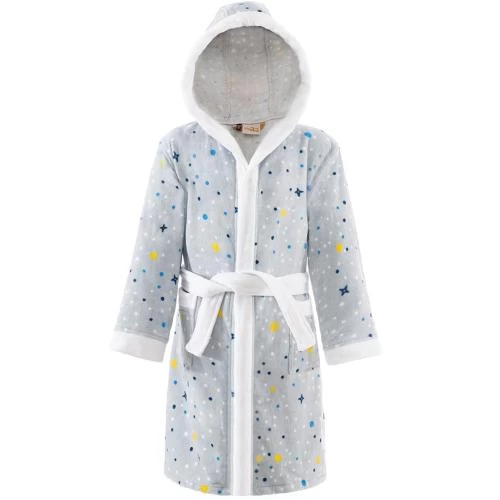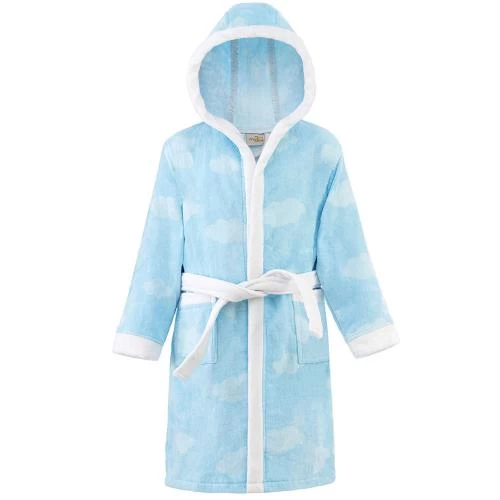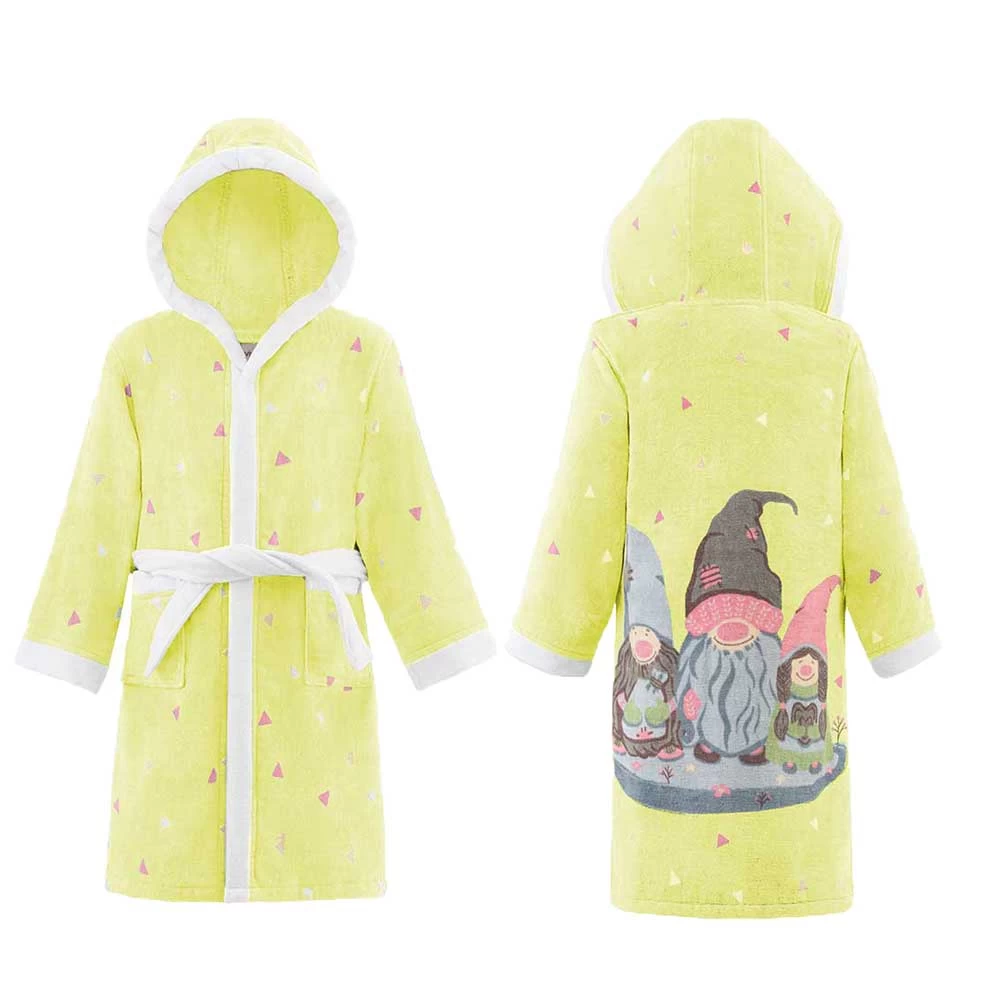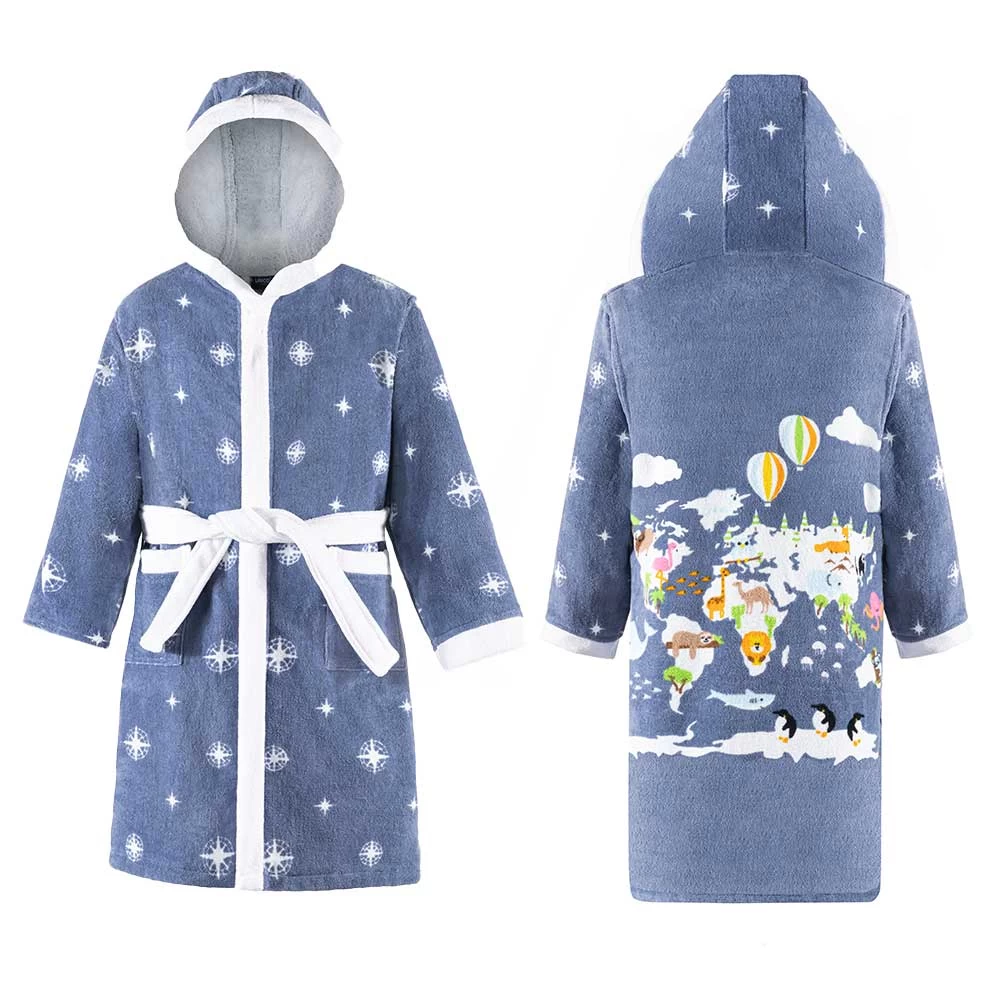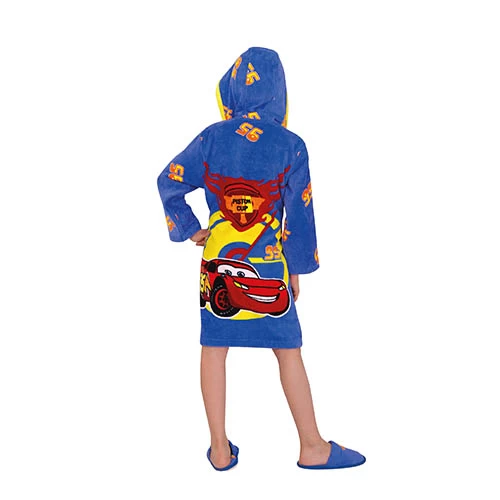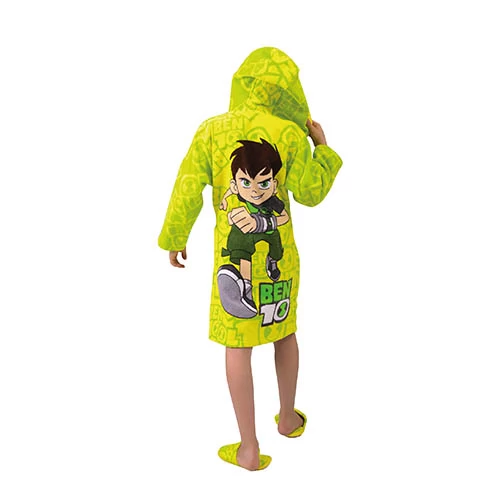Towel sets for kids and babies
Towels are versatile essentials in daily life, used for drying off after a shower, wrapping around at the beach, or even as makeshift blankets.
They come in various materials like cotton, microfiber, and bamboo, each offering different levels of absorbency and softness. From bath towels to hand towels, their functionality extends beyond mere utility, adding a touch of comfort and style to our routines.
Baby towels are designed with the delicate needs of infants in mind. Typically made from soft and gentle materials like organic cotton or bamboo, these towels are ideal for sensitive baby skin. They often feature hoods to keep a baby's head warm after bath time. The smaller size is perfect for little ones, providing coziness and quick drying. Many baby towels also come in adorable designs, adding a touch of cuteness to the practicality of keeping a baby dry and comfortable.
Baby towels are commonly made using materials like cotton, bamboo, or blends of these fibers. The manufacturing process involves several steps:
1. Material Selection: High-quality cotton or bamboo fibers are chosen for their softness, absorbency, and hypoallergenic properties, which are crucial for baby towels.
2. Weaving or Knitting:The selected fibers are woven or knitted into fabric. The type of weave or knit affects the texture and absorbency of the towel.
3. Cutting:Once the fabric is ready, it's cut into the appropriate size for baby towels. Manufacturers may use specific patterns to optimize the shape and design.
4. Hemming and Stitching: The edges of the cut fabric are hemmed and stitched to prevent fraying and enhance durability. This step is essential for maintaining the integrity of the towel.
5. Hood Attachment (if applicable): If the baby towel includes a hood, it is sewn onto one end of the towel during this stage.
6. Dyeing or Printing (if applicable): Towels may undergo dyeing to achieve different colors or feature printed designs. Non-toxic dyes are commonly used to ensure safety for baby use.
7. Quality Control: Each towel undergoes thorough quality checks to ensure it meets safety and comfort standards for infants. This may include checking for proper stitching, softness, and absence of harmful substances.
8. Packaging: After passing quality control, the baby towels are packaged and prepared for distribution.
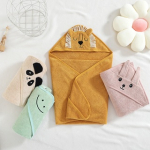
By paying attention to the materials used and the manufacturing process, baby towel makers aim to create products that prioritize the comfort and well-being of the youngest users.
Towels are available for individuals of all ages, from infants to adults. Here's a breakdown of common towel types based on age ranges:
1. Baby Towels:Specifically designed for infants and toddlers, these towels are smaller in size, often come with hoods, and are made from gentle materials suitable for delicate baby skin.
2. Kids' Towels:As children grow, they may transition to slightly larger towels. These can be colorful and feature kid-friendly designs, making bath time more enjoyable.
3. Teen Towels:Towels for teenagers are typically similar to adult towels in size and functionality. They may come in various styles and patterns to suit individual preferences.
4. Adult Towels: Standard bath towels cater to adults and are available in a range of sizes, materials, and designs. They are versatile for daily use after showers, baths, or at the beach.
5. Specialized Towels:Towels are also designed for specific purposes, such as sports towels for active individuals or oversized beach towels for outdoor activities.
The diversity in towel options allows individuals of all ages to find towels that meet their specific needs, preferences, and stages of life.
The number of towels a baby needs can depend on personal preferences and lifestyle, but a general guideline is to have at least:
1. Hooded Bath Towels:2-4 hooded towels are usually sufficient for bathing. The hood helps keep the baby's head warm after a bath.
2. Washcloths: 4-6 washcloths are handy for gentle cleaning during baths or for wiping the baby's face. They are smaller and easier to manage.
Having a few extra towels is practical, especially considering that babies may need frequent baths. This allows for a rotation of clean towels while others are in the laundry. Additionally, it's beneficial to choose towels made from soft and absorbent materials, ensuring comfort for the baby's sensitive skin.
It's recommended to change baby towels after each use or whenever they become visibly soiled. Babies have sensitive skin, and using a fresh, clean towel helps maintain good hygiene and prevents irritation. If a towel is only lightly used and still clean, you may be able to use it for a couple of bath times before washing. However, always ensure that the towels remain dry between uses to prevent the growth of bacteria or mold. Regular washing with a mild detergent helps keep baby towels soft, fresh, and free from potential irritants.
Home textiles refer to a diverse range of fabric-based products used in households for various purposes. This category includes items like towels, bed linens, blankets, curtains, rugs, and other textile-based accessories used in different areas of a home. The term encompasses both functional and decorative textiles, enhancing the comfort, aesthetics, and functionality of living spaces. In the case of baby towels, they are a specialized type of home textile designed to address the specific needs of infants and contribute to their well-being within the home environment.
Numerous organizations and companies around the world export baby textile products. Prominent exporters may include established brands, manufacturers, or trading companies specializing in textiles for infants. Specific names can change over time, and new players may enter the market. Major textile-producing countries like China, India, Turkey, and others often have companies involved in the export of baby textiles.
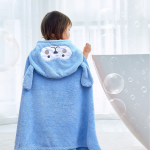
To keep your baby towels soft, consider the following tips:
1. Use Gentle Detergents:Opt for a mild and baby-friendly detergent that is free from harsh chemicals and fragrances. Look for detergents labeled as hypoallergenic and suitable for sensitive skin.
2. Avoid Fabric Softeners: Skip fabric softeners when washing baby towels. They can leave residues that may reduce absorbency and irritate sensitive skin.
3. Minimize Detergent Amount:Use the recommended amount of detergent or even slightly less. Excess detergent can lead to soap buildup, affecting the towel's softness.
4. Skip Bleach: Avoid using bleach on baby towels, as it can be harsh on the fibers and compromise their softness. Instead, focus on detergents designed for brightening whites if needed.
5. Wash in Warm Water:Use warm water for washing baby towels. Hot water can be harsh on fabrics, and cold water may not effectively remove oils and residues.
6. Regular Maintenance: Wash towels regularly to prevent dirt and oils from accumulating. However, avoid overloading the washing machine to allow proper cleaning.
7. Prevent Fabric Softener Buildup: If you've used fabric softeners in the past, consider washing the towels without any detergent or softener and adding a cup of white vinegar to help remove any residues. Follow this with a regular wash using mild detergent.

Numerous organizations and companies around the world export baby textile products. Prominent exporters may include established brands, manufacturers, or trading companies specializing in textiles for infants. Specific names can change over time, and new players may enter the market. Major textile-producing countries like China, India, Turkey, and others often have companies involved in the export of baby textiles.

FAQs
Why do towels get hard?
Towels can get hard due to mineral deposits from hard water, detergent buildup, or the use of fabric softeners.
How often do I change baby towels?
Change baby towels after each use or when visibly soiled to maintain hygiene and prevent irritation.
How do I keep my baby towels soft?
Use gentle, hypoallergenic detergent, avoid fabric softeners, wash in warm water, and follow care instructions for optimal softness.
What size towel for a toddler?
For toddlers, consider towels around 27 inches by 52 inches, providing ample coverage without being too large for their smaller size.
 +7929688-88-14
+7929688-88-14

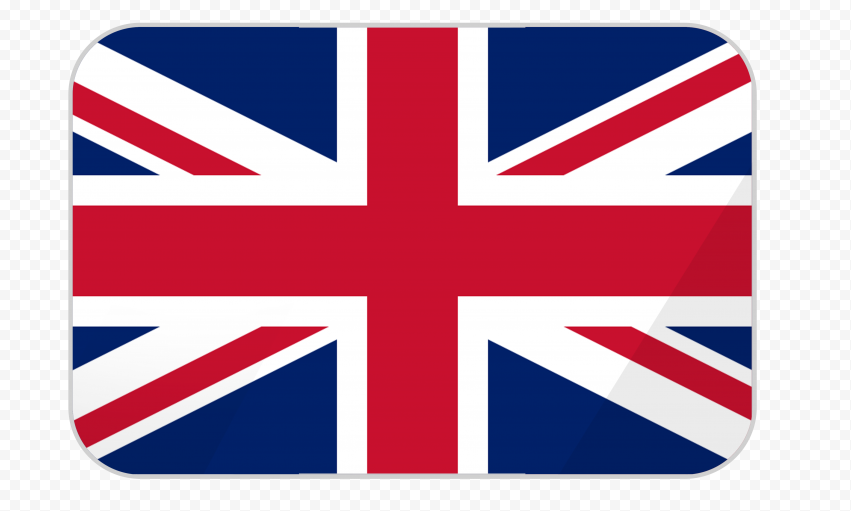 English
English
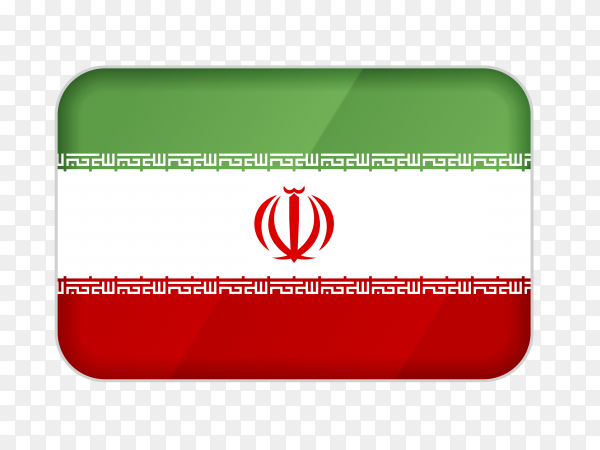 Persian
Persian
 Russian
Russian
 Chinese
Chinese


 +7929688-88-14
+7929688-88-14

